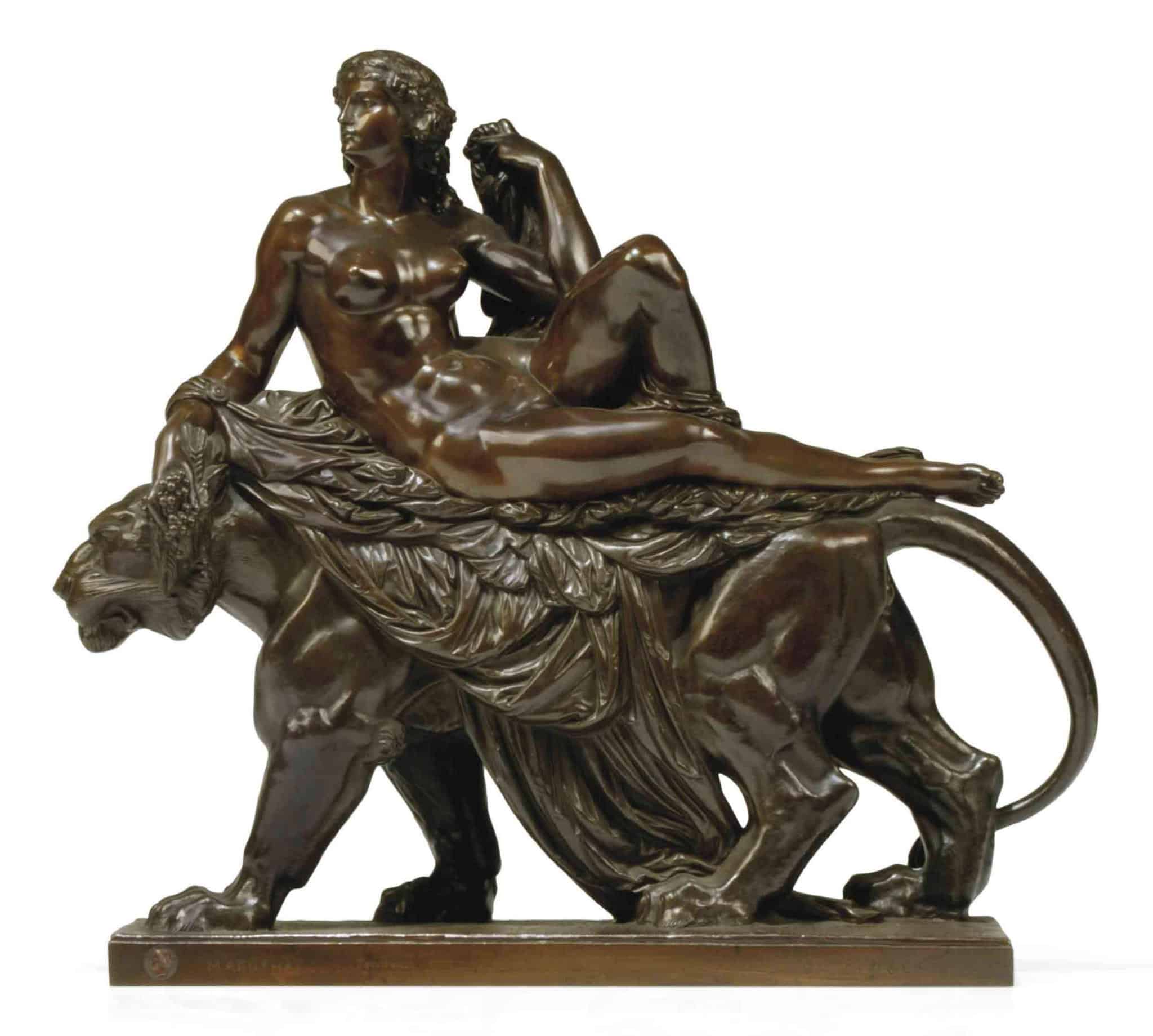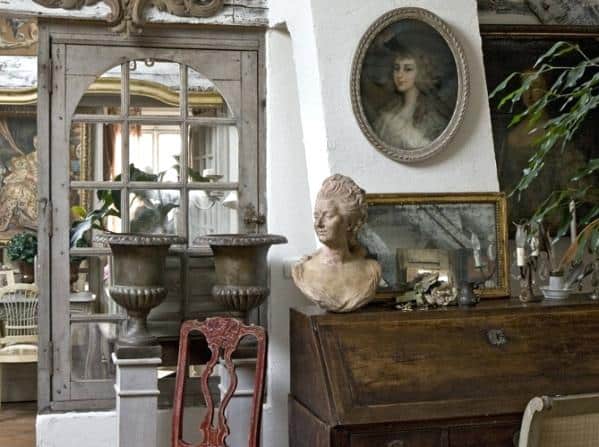
Mid-century modern furniture
Mid-century modern furniture
To the uninitiated ear, the hard-to-pin-down aesthetic movement referred to as “post modern design” could cause some confusion. Post modern design is an artistic style that first germinated in the 1930s but fully blossomed in the ’40s and ’50s and dso is also — perhaps less confusingly — called mid century modern design due to its generally accepted provenance.
History is replete with eras when many unique factors — both tangible and some less so — combine in a region to allow the germination and blossoming of exciting new design aesthetics. This brief blog post will attempt to satisfy the reader’s curiosity about the striking contemporary appeal and popularity of mid century modern design, in particular the furniture that this era produced. Some tips for amateur treasure hunters seeking prime post modern furniture pieces will be touched on as well.
The most valuable and appealing dimensions of post modern furniture design include a no-fuss, minimalist approach that utilizes simple patterns. The use of organic materials and the principle of complementing nature are also vital.
From show business to interior decorating, post modern design and the era it seems to capture has undergone an explosion in popularity, especially in the past few years. This contemporary appeal could perhaps be at least partially explained by the converging principles of post modern design and another, younger design style called democratic design.
Democratic design dovetails extremely well with that of the post modern style. Both styles are quite popular today in the realms of architecture, furniture and design in general. Democratic design is primarily focused on achieving five goals. These are form, function, sustainability, economy and quality.
With furniture, both styles emphasize simple yet visually striking forms, practicality, compatibility with nature, and the trick of combining quality with a price affordable to the many.
For design-minded amateur treasure hunters — either looking to enjoy a piece in their own homes or seeking to resell — historical pieces that present the best examples of the mid century design in furniture can be found all across North America, sometimes for bargain prices. The internet has revolutionized the research needs as well, enabling one to sift the wheat from the chaff relatively easily and quickly.
Some important factors to consider before a shaking hands on a deal are the structural integrity, cleanliness of the lines, finish and of course the historical significance of a piece. Not every item will be a Bertoia, Cherner, Eames or Saarinen, but some discernment is useful in judging a less eminent piece that still shines in its own right. Two red flags that should scuttle any deal are if a piece is missing any hardware or is obviously in very poor shape generally.
Very few examples of mid century designed pieces available at bargain prices will be in excellent condition. Often, these pieces will need some type of work to bring them back fully to life. If this is outside one’s skillset, some quick research into the costs involved for a professional refurbishing is useful to weigh the merits of any purchase beforehand.
For the design-minded, discerning the beauty, practicality and historical significance of mid century designed furniture can be a true delight — second only to enjoying a prime example in one’s home.




